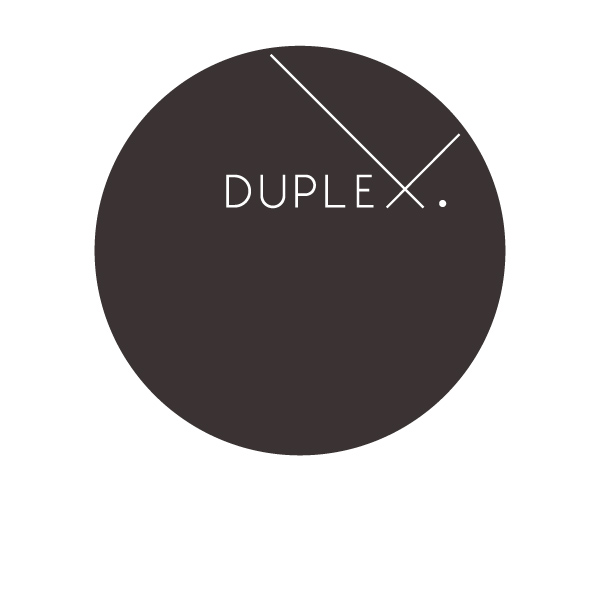What Entrepreneurs Can Learn From Artists
Like artists, startup founders must cultivate creative habits to see the world afresh and create something new.
By Tim Leberecht
How do artists think and behave? Here are 12 traits that any individual who aspires to make his or her mark on the world should emulate:
1. Artists are “neophiles.” They are in love with novelty and have an insatiable appetite for finding and creating new connections, for inventing and reinventing, even themselves. Art means changing the meaning of things or creating new meanings. That’s exactly what innovation is all about.
2. Artists are humanists. They are experts of the “human condition” and observe human desires, needs, emotions, and behavior with a sharp, discerning eye and a high degree of empathy. They can feel with and for others, which should be every innovator’s distinct strength as well.
3. Artists are craftspeople. They “think by making” and unite the “hand and the head,” as sociologist Richard Sennett describes it. It has both a physical dimension (exhibiting mastery in craftsmanship) and a meta-physical dimension (connecting a new product, service, or business model with the broader zeitgeist and cultural climate). Nike’s (NKE) Fuelband, for example, integrates software and hardware, and is an expression of our society’s growing demand for self-managed, preventive healthcare.
4. Artists are like children. “Every child is an artist. The problem is how to remain an artist once we grow up,” Pablo Picasso famously said. Artists retain a child’s unique sense of possibility and wonder. Innovators should, too. It may sound paradoxical, but innovations are always nostalgic.The most meaningful of them, although seemingly all about novelty and the future, reconnect us with a basic human quest or even our childhood dreams (think of the iPhone and our desire to touch, or sharing sites such as Facebook (FB) or Pinterest, which cater to our innate urge to share).
5. Artists rely on their intuition. It may seem counter-intuitive, but intuition is ever more important in the age of Big Data, because it is the only feature that is faster and deeper than the massive flow of real-time information. Nothing comes close to intuition as innovators seek to anticipate trends and make decisions swiftly.
6. Artists are comfortable with ambiguity. By design, they often deal with things that are not measurable and can’t be easily quantified. Innovators, too, should value what may not be easily captured in quantitative terms. In stark contrast to more mechanistic models of management, they must be able to tolerate uncertainty and open-ended questions.
7. Artists are holistic, interdisciplinary thinkers. Artists can connect dots and take things out of their original context. Likewise, innovators contextualize and re-contextualize, mash up and remix, and embrace new insights and ideas that lead to unexpected, unlikely, and often serendipitous conclusions (among the most famous examples of such “accidental innovations” are the pacemaker or 3M’s (MMM) post-it notes).
8. Artists thrive under constraints. They often have to work within very structured formats and meet scarce resources with ingenuity. In fact, these constraints might even stimulate their creativity. Inspired by the phenomenon of Jugaad in India, innovation gurus like Navi Radjou have popularized and globalized the concept of “frugal innovation” (e.g. the mobile SMS disaster response platform Ushahidi or the portable “roll-on” hospital hand-sanitizers SwipeSense). Frugal innovation has become the new hallmark for the art of creating maximum value with minimal resources.
9. Artists are great storytellers. They tell a story with their art but also often tell the story oftheir art. The same holds true for meaningful innovations. Great innovators design experiences that spark conversation. Just look at ideas funded on Kickstarter: The product is also the story of the product.
10. Artists are conduits and not “masters of the universe.” Most artists – painters, sculptors, writers, filmmakers, or musicians – will admit that they derive their inspiration from a spiritual sphere that goes beyond their individual creativity and skills. This applies to innovators, too. Whether they’re spiritual or not, humility suits them well as the social web and its wave of crowd-based collaborations have rendered the myth of the lone genius obsolete.
11. Artists are passionate about their work. In fact, their work and life are impossible to separate. That doesn’t mean that innovators need to be workaholics, but they should base their ideas on deep beliefs. Innovation is a leap of faith, and innovators need to be believers. Like artists, they will often face rejection, but if an idea is not worth fighting for, it might not have been the right one in the first place.
12. Artists are contrarians. Artists can see the “cracks through which the light gets in,” as the old adage goes. Likewise, great innovators come up with solutions to problems because they see what is missing. They are eccentric, which means they literally view things from the fringes. Both artists and innovators see the world as it could be. They look upon our world, as Proust would say, with “fresh eyes.” You might also call that vision. They are always “initially wrong” to be “ultimately right” as Kathryn Schultz wrote in her book, Being Wrong.
